Hereford Cattle
- January 30, 2024
- 0 comment
Hereford Cattle, a remarkable breed that originated in Herefordshire, England, have made a significant mark in the world of agriculture. These cattle are characterized by their striking rust-red bodies and distinctive white faces, making them easily recognizable in the pasture. Known for their docile temperament, Hereford Cattle are favored by farmers for their calm and friendly nature, making them an excellent choice, especially for those new to cattle farming.
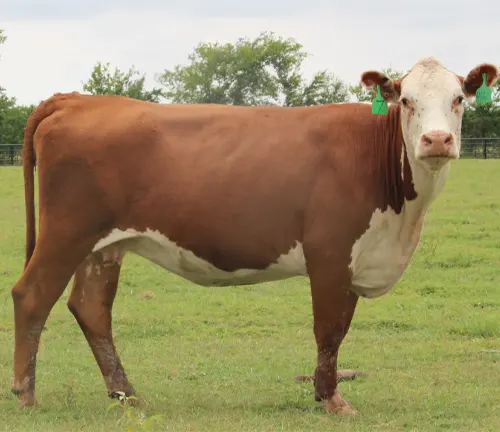
They are highly adaptable to various climates and terrains, thriving in different environments around the world. Hereford Cattle are renowned for their top-notch beef quality, featuring marbling, tenderness, and a rich, beefy flavor. Their efficient feed conversion rate also makes them a cost-effective option for beef production. With a lifespan of about 12 to 15 years and a legacy that spans centuries, Hereford Cattle are not just cattle; they represent a harmonious blend of history, distinctive characteristics, and agricultural excellence.
| Specification | Description |
|---|---|
| Origin | Herefordshire, England |
| Coloration | Rust-red body with distinctive white face and markings |
| Temperament | Docile, calm, and friendly |
| Adaptability | Thrives in various climates and terrains |
| Primary Purpose | High-quality beef production |
| Lifespan | Approximately 12 to 15 years |
| Breeding and Calving | Paired breeding with Hereford bulls; calving in spring |
| Health Considerations | Regular health checks, vaccinations, balanced diet |
| Sustainability | Efficient grazing, eco-friendly choice for farming |
| Legacy | Centuries-old history, symbol of agricultural pride |
Hereford Cattle: The Pride of Pastures
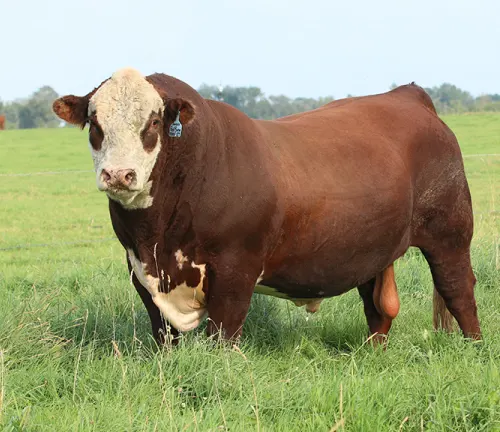
In the rolling green pastures of the English countryside, a remarkable breed of cattle has been thriving for centuries. Hereford cattle, with their distinctive appearance and exceptional qualities, have carved a special place in the world of agriculture. In this article, we will delve into the world of Hereford cattle, exploring their history, characteristics, and why they are a favorite among farmers and beef enthusiasts alike.
A Glimpse into History
Hereford cattle, as the name suggests, originated in Herefordshire, England. Their history dates back to the 18th century when local farmers began selectively breeding cattle for meat production. The breed’s unique attributes soon became apparent, and it quickly gained popularity both in England and around the world.
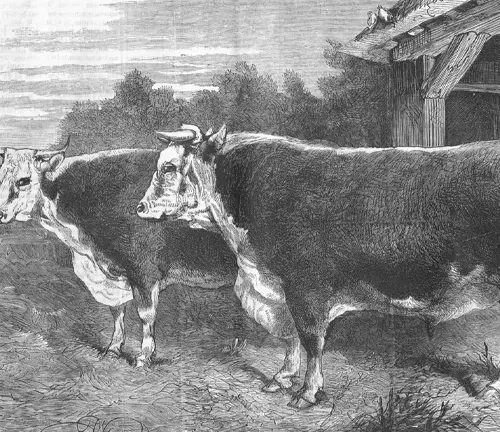
Distinctive Characteristics
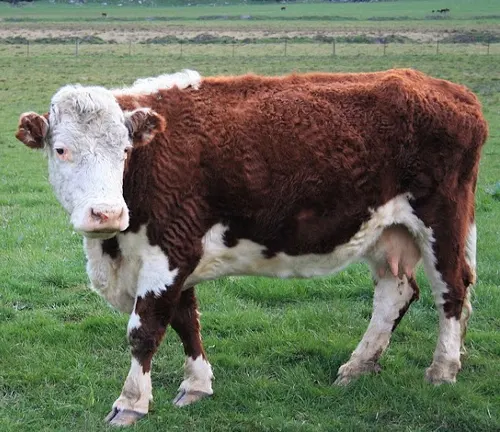
Coloration
One cannot talk about Hereford cattle without mentioning their striking appearance. These cattle are known for their rust-red bodies and distinctive white faces. The white markings extend to their legs, underbelly, and the tip of their tail. This striking coloration makes them easily recognizable in the pasture.
Temperament
Hereford cattle are renowned for their docile and friendly temperament. They are known to be calm and easy to handle, which makes them a preferred choice for farmers and ranchers, especially those new to cattle farming.
Adaptability
Hereford cattle are highly adaptable to various climates and terrains. Whether they are grazing on the lush meadows of England or the arid plains of the United States, these cattle thrive in different environments.
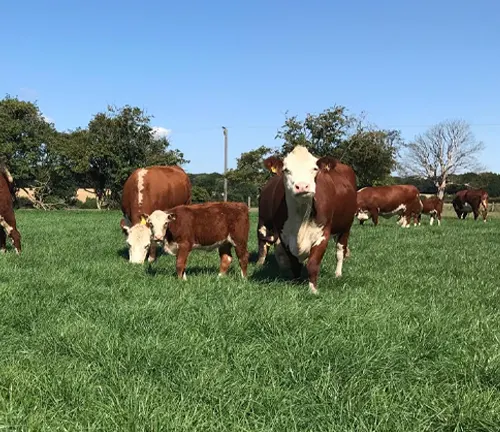
A Role in Beef Production
Hereford cattle have earned their reputation as one of the top beef cattle breeds. Their meat is known for its exceptional quality, characterized by marbling, tenderness, and a rich, beefy flavor. The breed’s efficient feed conversion rate also makes them a cost-effective choice for beef production.

The Lifespan of Hereford Cattle
Typically, Hereford cattle live for about 12 to 15 years. However, their lifespan can vary based on factors such as genetics, healthcare, and environmental conditions.
Breeding and Calving
Breeding Hereford cattle involves pairing Hereford bulls with Hereford cows. The calving process usually takes place in the spring or early summer. Proper care is essential to ensure the health and well-being of both cows and calves.
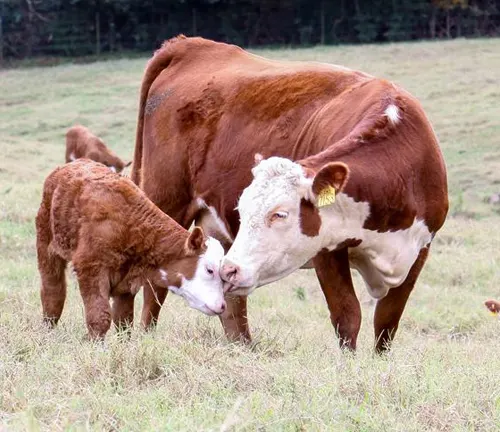

Health Considerations
Hereford cattle, like all livestock, require regular health checks to prevent and manage common issues such as respiratory infections, parasites, and foot problems. Vaccinations and a balanced diet are key to their overall well-being.
Raising Hereford Cattle for Sustainable Beef
Hereford cattle are often raised in sustainable and grass-fed beef production systems. Their ability to graze efficiently and adapt to different environments makes them an eco-friendly choice for environmentally conscious farmers.
Hereford Cattle: A Living Heritage
The history and legacy of Hereford cattle continue to thrive today. With their iconic appearance, gentle demeanor, and premium beef quality, these cattle remain a symbol of agricultural excellence.
Different Species.

Hereford Cattle
(Bos taurus)
Hereford cattle are a popular breed of beef cattle known for their distinctive red-and-white coloring. They are a beef cattle breed that originated in Herefordshire, England, and they are widely raised for their meat. Hereford cattle are known for their docile nature, adaptability to various climates, and high-quality beef.
Frequently Asked Question (FAQs)
- What is Hereford cattle known for?
Hereford cattle are known for their excellent beef quality, docile temperament, and adaptability to various climates. They are a popular breed in the beef industry. - Where did Hereford cattle originate?
Hereford cattle originated in Herefordshire, England, in the 18th century. They were developed by local farmers to meet the demand for high-quality beef. - What are the distinctive features of Hereford cattle?
Distinctive features of Hereford cattle include a red body with a white face, dewlap, and white markings on the legs. They have a medium-sized frame and a muscular build. - What is the typical coloration of Hereford cattle?
The typical coloration of Hereford cattle is a deep red body with a white face, giving them their distinct appearance. The white markings extend to the belly, legs, and tail switch. - What is the temperament of Hereford cattle?
Hereford cattle are known for their gentle and docile temperament. They are easy to handle and work well in various management systems. - What type of climate do Hereford cattle thrive in?
Hereford cattle thrive in a range of climates. They are adaptable and can tolerate both cold and hot weather, making them suitable for various regions. - Are Hereford cattle suitable for beef production?
Yes, Hereford cattle are highly suitable for beef production. They produce high-quality beef with excellent marbling and tenderness. - How long do Hereford cattle typically live?
Hereford cattle typically live for 12 to 15 years, depending on their care and management. - What is the average weight of mature Hereford cattle?
Mature Hereford cattle can weigh between 1,200 and 1,600 pounds (544 to 726 kilograms), with variations based on factors such as gender and diet. - Are Hereford cattle used for dairy production as well?
While Hereford cattle are primarily raised for beef production, they are not commonly used for dairy production. There are other dairy-specific breeds. - What are some common health concerns for Hereford cattle?
Common health concerns for Hereford cattle include issues such as respiratory infections, parasites, and foot problems. Proper veterinary care and nutrition management are essential for their well-being. - How do you care for and maintain Hereford cattle’s well-being?
Proper care includes providing them with a balanced diet, access to clean water, shelter from extreme weather, regular health checks, and a clean environment. - What is the breeding and calving process for Hereford cattle?
Breeding involves mating Hereford bulls with Hereford cows. The calving process usually occurs in spring or early summer, with proper care provided to both cows and calves. - Are there specific feeding requirements for Hereford cattle?
Hereford cattle require a balanced diet that includes forage, grass, and possibly supplemental grains to meet their nutritional needs, depending on their age and purpose. - What are the advantages of raising Hereford cattle in a mixed farming system?
Hereford cattle can contribute to a mixed farming system by providing both meat and potential income from selling calves. - What is the history of Hereford cattle breeding and associations?
Hereford cattle breeding began in the 18th century in Herefordshire, England. Today, there are Hereford cattle associations worldwide dedicated to breed improvement and promotion. - Do Hereford cattle have any particular adaptability traits?
Hereford cattle are adaptable to various climates, terrain, and management systems, making them versatile for different farming practices. - Are Hereford cattle commonly raised for sustainable and grass-fed beef production?
Yes, Hereford cattle are often raised in sustainable and grass-fed beef production systems due to their ability to graze efficiently. - What are some notable Hereford cattle shows and events?
Notable Hereford cattle shows and events include national and regional cattle shows, where breeders showcase their cattle and compete for awards. - How do Hereford cattle contribute to genetic diversity in the cattle industry?
Hereford cattle contribute to genetic diversity by maintaining a distinct breed with unique traits that can be used in crossbreeding programs to enhance beef production.


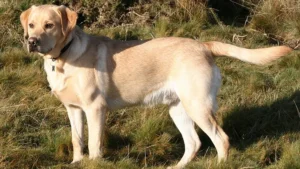
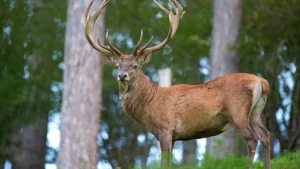
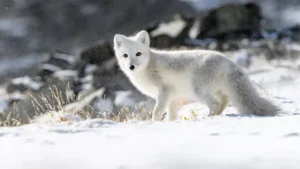
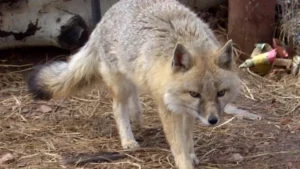
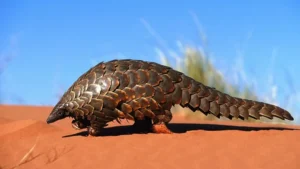


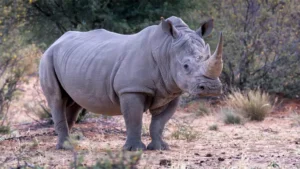
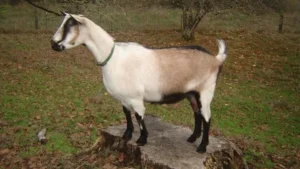

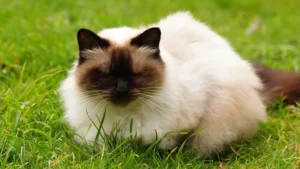
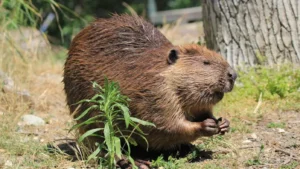
Leave your comment